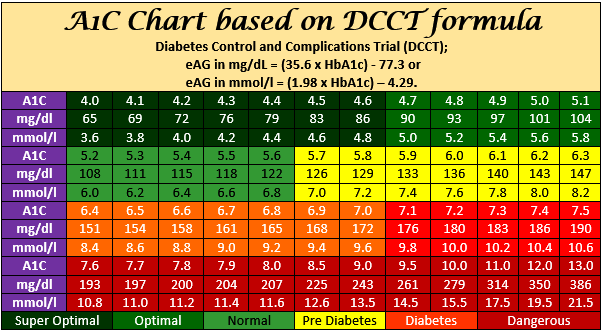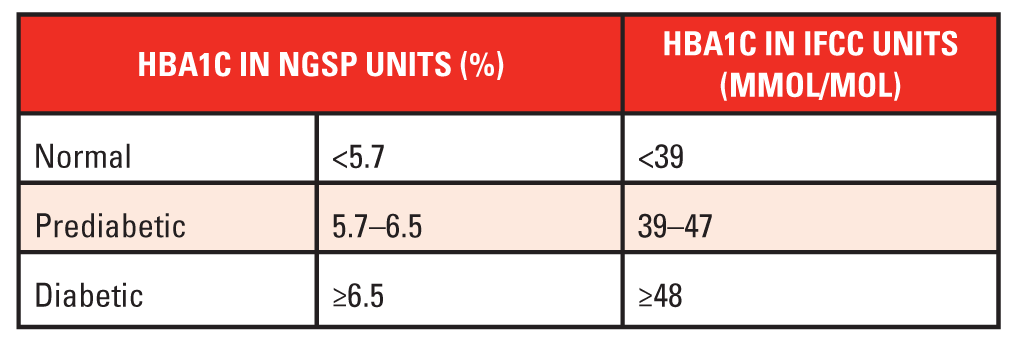Hba1C full form. HbA1c Test: Understanding Glycated Hemoglobin and Its Role in Diabetes Management
What is the full form of HbA1c. How does the HbA1c test work. Why is HbA1c important for diabetes management. What are normal HbA1c levels. How often should HbA1c be tested. Can lifestyle changes improve HbA1c levels. What are the limitations of the HbA1c test.
The Significance of HbA1c in Diabetes Care
Hemoglobin A1c, commonly known as HbA1c or A1c, is a crucial marker in diabetes management. This test provides valuable insights into a person’s average blood sugar levels over the past 2-3 months, making it an essential tool for both diagnosing and monitoring diabetes.
The full form of HbA1c is glycated hemoglobin. This term refers to hemoglobin molecules in red blood cells that have bonded with glucose. As blood sugar levels rise, more hemoglobin becomes glycated, providing a reliable indicator of long-term blood glucose control.
Why is HbA1c testing important?
- Provides a comprehensive view of blood sugar control
- Helps diagnose diabetes and prediabetes
- Guides treatment decisions and medication adjustments
- Predicts the risk of diabetes-related complications
- Monitors the effectiveness of lifestyle changes and treatments
Decoding HbA1c Test Results: What Do the Numbers Mean?
Understanding HbA1c test results is crucial for effective diabetes management. The results are typically expressed as a percentage, representing the amount of glycated hemoglobin in the blood.

HbA1c ranges and their interpretations:
- Below 5.7%: Normal
- 5.7% to 6.4%: Prediabetes
- 6.5% or higher: Diabetes
For individuals already diagnosed with diabetes, target HbA1c levels may vary based on individual factors and should be discussed with a healthcare provider. Generally, maintaining an HbA1c below 7% is associated with a lower risk of diabetes-related complications.
The HbA1c Test Procedure: What to Expect
The HbA1c test is a simple blood test that can be performed at any time of day, without the need for fasting. This convenience makes it an attractive option for both patients and healthcare providers.
Steps involved in an HbA1c test:
- A small blood sample is drawn from a vein in the arm or a finger prick
- The sample is sent to a laboratory for analysis
- Results are typically available within a few days
Unlike daily blood glucose monitoring, which provides a snapshot of current blood sugar levels, the HbA1c test offers a broader perspective on glucose control over time. This makes it an invaluable tool for assessing overall diabetes management and adjusting treatment plans accordingly.

Factors Influencing HbA1c Levels: Beyond Blood Sugar
While HbA1c primarily reflects average blood glucose levels, several other factors can influence the results. Understanding these factors is essential for accurate interpretation of HbA1c test results.
Factors that may affect HbA1c levels:
- Red blood cell lifespan
- Certain medical conditions (e.g., anemia, kidney disease)
- Medications
- Pregnancy
- Genetic variations
Healthcare providers consider these factors when interpreting HbA1c results and making treatment decisions. In some cases, alternative tests or additional monitoring may be necessary to ensure accurate assessment of glucose control.
Improving HbA1c Levels: Lifestyle Strategies for Better Diabetes Management
For individuals with diabetes or prediabetes, lowering HbA1c levels is often a key treatment goal. Fortunately, several lifestyle modifications can help improve glycemic control and reduce HbA1c levels.
Effective strategies for lowering HbA1c:
- Adopting a balanced, diabetes-friendly diet
- Engaging in regular physical activity
- Maintaining a healthy weight
- Managing stress through relaxation techniques
- Consistently taking prescribed medications
- Monitoring blood glucose levels as recommended
It’s important to note that improvements in HbA1c levels may take several months to become apparent, as the test reflects average blood sugar levels over the past 2-3 months. Consistency in implementing lifestyle changes is key to achieving and maintaining lower HbA1c levels.

HbA1c Testing Frequency: How Often Should You Get Checked?
The frequency of HbA1c testing depends on various factors, including an individual’s diabetes status, current glycemic control, and treatment plan. Regular testing helps track progress and allows for timely adjustments in diabetes management strategies.
General guidelines for HbA1c testing frequency:
- For individuals without diabetes: Every 3 years as part of routine health screenings
- For those with prediabetes: Annually or more frequently if at high risk
- For people with well-controlled diabetes: Every 6 months
- For individuals with poorly controlled diabetes: Every 3 months
These guidelines may be adjusted based on individual circumstances and healthcare provider recommendations. More frequent testing may be necessary during pregnancy or when making significant changes to diabetes treatment plans.
Limitations of the HbA1c Test: When Additional Monitoring is Necessary
While the HbA1c test is a valuable tool in diabetes management, it does have some limitations. Understanding these limitations helps ensure comprehensive diabetes care and accurate interpretation of test results.
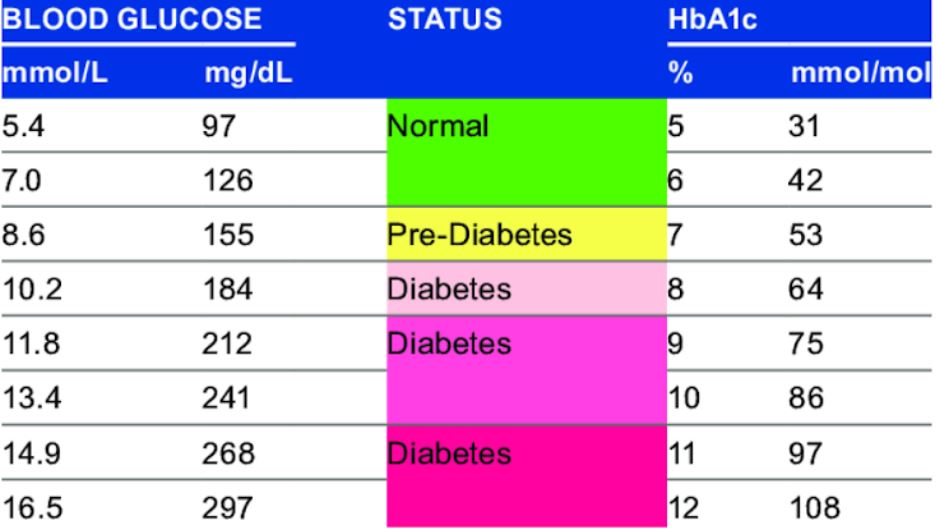
Situations where HbA1c may not be reliable:
- Certain hemoglobin variants
- Recent blood transfusions
- Chronic kidney disease
- Liver disease
- Iron deficiency anemia
In these cases, healthcare providers may recommend alternative tests or additional monitoring methods to assess glycemic control accurately. These may include fructosamine tests, glycated albumin tests, or more frequent blood glucose monitoring.
The Future of Glycemic Monitoring: Emerging Technologies and HbA1c Alternatives
As diabetes research advances, new technologies and methods for assessing glycemic control are emerging. These innovations aim to provide more comprehensive and convenient options for monitoring blood glucose levels over time.
Promising developments in glycemic monitoring:
- Continuous glucose monitoring (CGM) systems
- Flash glucose monitoring
- Non-invasive glucose monitoring devices
- Glycated albumin tests
- Advanced data analytics for personalized diabetes management
While these emerging technologies show promise, the HbA1c test remains a cornerstone of diabetes management due to its established reliability and widespread availability. As new methods are developed and validated, they may complement or eventually replace traditional HbA1c testing in certain situations.

HbA1c and Diabetes Prevention: Identifying and Addressing Prediabetes
The HbA1c test plays a crucial role not only in managing diabetes but also in identifying individuals at risk of developing the condition. Recognizing and addressing prediabetes can significantly reduce the likelihood of progression to type 2 diabetes.
Key points about HbA1c and prediabetes:
- HbA1c levels between 5.7% and 6.4% indicate prediabetes
- Early detection allows for timely intervention
- Lifestyle modifications can effectively prevent or delay diabetes onset
- Regular monitoring helps track progress and adjust prevention strategies
For individuals diagnosed with prediabetes, implementing healthy lifestyle changes and working closely with healthcare providers can significantly improve their chances of avoiding full-blown diabetes. Regular HbA1c testing provides valuable feedback on the effectiveness of these preventive measures.
HbA1c and Cardiovascular Risk: The Connection Between Diabetes and Heart Health
Elevated HbA1c levels not only indicate poor glycemic control but also correlate with an increased risk of cardiovascular complications. Understanding this connection is crucial for comprehensive diabetes management and overall health.
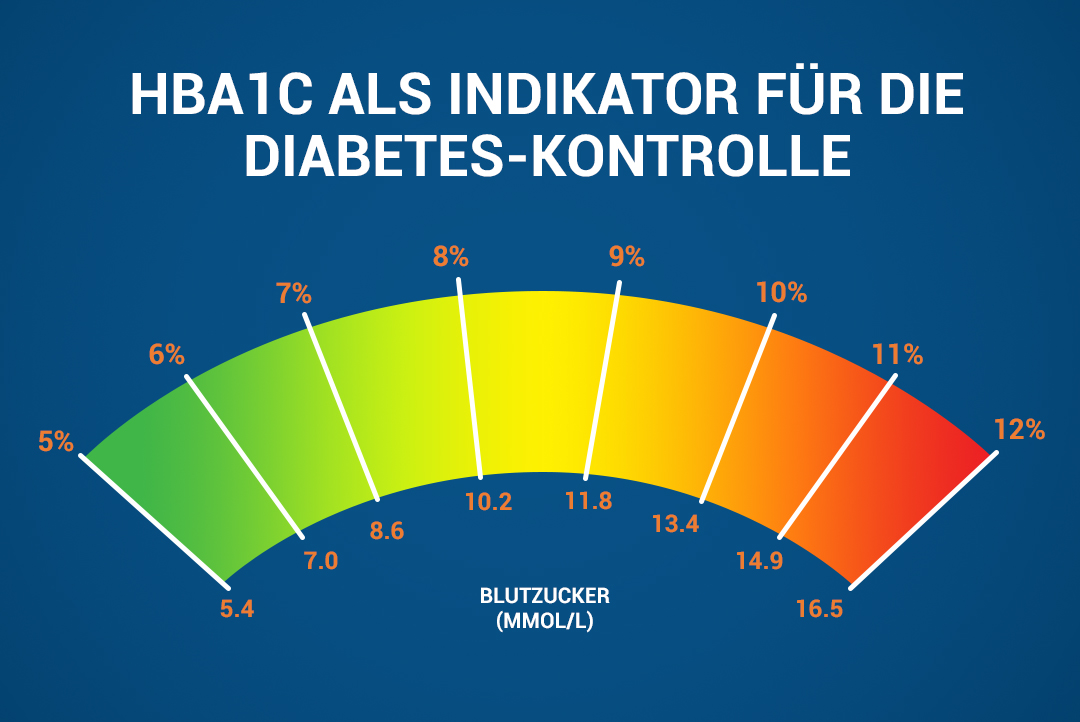
How HbA1c relates to cardiovascular health:
- Higher HbA1c levels are associated with increased cardiovascular risk
- Maintaining target HbA1c levels can help reduce the risk of heart disease
- HbA1c monitoring aids in assessing overall diabetes-related health risks
- Cardiovascular risk assessment often includes HbA1c along with other factors
Healthcare providers consider HbA1c levels alongside other cardiovascular risk factors when developing comprehensive treatment plans for individuals with diabetes. This holistic approach helps address both glycemic control and overall cardiovascular health.
Interpreting HbA1c Results: What Your Numbers Mean for Your Health
Understanding your HbA1c results is crucial for effective diabetes management and overall health. These numbers provide valuable insights into your long-term blood glucose control and can guide treatment decisions.
Key points for interpreting HbA1c results:
- Consider your individual target range as set by your healthcare provider
- Look at trends over time rather than focusing on a single result
- Understand how lifestyle factors may have influenced your results
- Discuss any significant changes or concerns with your healthcare team
- Use results as motivation for maintaining or improving diabetes management
Remember that HbA1c results are just one part of your overall health picture. Work closely with your healthcare provider to interpret your results in the context of your individual health status and treatment goals.
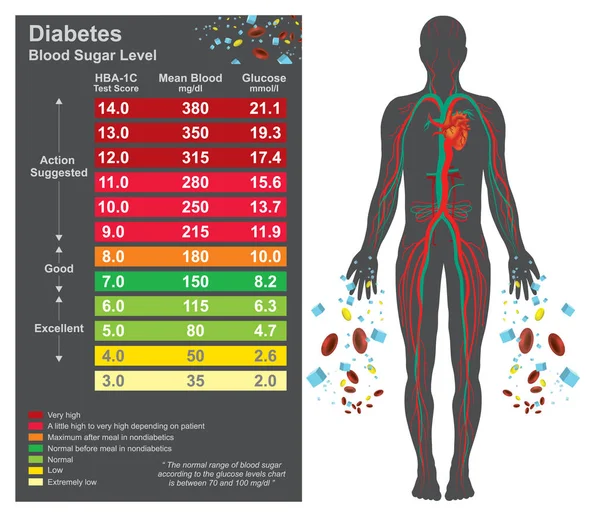
HbA1c Testing During Pregnancy: Monitoring Gestational Diabetes
HbA1c testing plays a unique role in managing diabetes during pregnancy, including the diagnosis and monitoring of gestational diabetes. Understanding the nuances of HbA1c testing in pregnancy is crucial for ensuring the health of both mother and baby.
Important considerations for HbA1c testing in pregnancy:
- HbA1c may be less reliable in early pregnancy due to physiological changes
- More frequent testing may be necessary to ensure tight glycemic control
- Target HbA1c levels may be lower during pregnancy
- HbA1c testing is often combined with other monitoring methods
- Post-pregnancy follow-up is important to assess diabetes status
Healthcare providers carefully consider HbA1c results alongside other monitoring methods to ensure optimal management of diabetes during pregnancy. This comprehensive approach helps minimize risks and promote the best possible outcomes for both mother and child.
HbA1c and Diabetes Complications: The Importance of Glycemic Control
Maintaining target HbA1c levels is crucial for preventing or delaying the onset of diabetes-related complications. Understanding the relationship between HbA1c and various health risks can motivate individuals to prioritize glycemic control.

Diabetes complications associated with elevated HbA1c:
- Cardiovascular disease
- Diabetic nephropathy (kidney damage)
- Diabetic retinopathy (eye damage)
- Neuropathy (nerve damage)
- Increased risk of infections
Research has shown that even small improvements in HbA1c levels can significantly reduce the risk of diabetes-related complications. This underscores the importance of regular HbA1c monitoring and striving to maintain target levels through a combination of lifestyle modifications and appropriate medical treatments.
HbA1c in Different Types of Diabetes: Tailoring Monitoring to Specific Needs
While HbA1c testing is valuable for all types of diabetes, the approach to monitoring and target levels may vary depending on the specific type of diabetes an individual has. Understanding these differences is crucial for effective diabetes management.
HbA1c considerations for different diabetes types:
- Type 1 Diabetes: May require more frequent testing due to greater glucose variability
- Type 2 Diabetes: Testing frequency often depends on treatment regimen and glycemic control
- Gestational Diabetes: Requires careful monitoring during and after pregnancy
- LADA (Latent Autoimmune Diabetes in Adults): May need a combination of monitoring approaches
Healthcare providers tailor HbA1c monitoring strategies to each individual’s specific type of diabetes, taking into account factors such as age, overall health status, and treatment goals. This personalized approach ensures that HbA1c testing provides the most valuable information for effective diabetes management.

The Role of HbA1c in Diabetes Research and Clinical Trials
HbA1c testing plays a crucial role in diabetes research and clinical trials, serving as a key outcome measure for assessing the effectiveness of new treatments and management strategies. Understanding the significance of HbA1c in research contexts provides insights into the ongoing efforts to improve diabetes care.
HbA1c in diabetes research:
- Serves as a primary endpoint in many clinical trials
- Helps evaluate the long-term efficacy of diabetes interventions
- Facilitates comparisons between different treatment approaches
- Contributes to the development of new diabetes medications and technologies
- Informs updates to diabetes management guidelines
As research in diabetes care continues to evolve, HbA1c remains a critical tool for assessing glycemic control and treatment efficacy. The insights gained from HbA1c data in research settings ultimately contribute to improving diabetes management strategies and outcomes for individuals living with the condition.

Educating Patients About HbA1c: Empowering Informed Diabetes Management
Patient education about HbA1c is essential for effective diabetes self-management. When individuals understand the significance of their HbA1c results, they are better equipped to make informed decisions about their health and actively participate in their diabetes care.
Key points for patient education on HbA1c:
- Explain the meaning of HbA1c in simple terms
- Discuss individual target ranges and their importance
- Highlight the relationship between daily actions and HbA1c results
- Encourage regular testing and result tracking
- Address common misconceptions about HbA1c
Healthcare providers play a crucial role in educating patients about HbA1c and its significance in diabetes management. By fostering a clear understanding of this important marker, patients can become more engaged in their care and work effectively towards achieving their glycemic control goals.
Breathe Well-Being – Your Guide to Health, Fitness, Nutrition and Well-being
Last updated on September 1st, 2022Poor lifestyle and eating habits can lead to the risk of developing diabetes or pre-diabetes. If not taken care of, diabetes can lead to several health complications like cardiovascular disease, kidney damage, stress, depression and makes your life worse. Therefore, you should keep a check on your blood sugar levels. On …
Read More…
Last updated on September 3rd, 2022 The amount of glucose (“sugar” expressed in mg/dL) present in blood fluctuates during the day and at night. Our body maintains a level of blood glucose for metabolism. The normal sugar level in a healthy body is between 90 to 100 mg/dL. But sometimes, these blood sugar levels may go …
Read More…
Last updated on August 30th, 2022 Haemoglobin is a kind of molecule that is present in red blood cells and helps in carrying oxygen to the body’s tissue. The full form of hba1c is haemoglobin A1c or HbA1c or glycosylated haemoglobin. It is a form of haemoglobin that contains sugar. Read this blog to know what …
The full form of hba1c is haemoglobin A1c or HbA1c or glycosylated haemoglobin. It is a form of haemoglobin that contains sugar. Read this blog to know what …
Read More…
Diabetes is a continual lifestyle disorder that affects billions of people worldwide. The condition is characterised by elevated blood sugar levels, which may cause various health complications if left unchecked. Diet plays a crucial role in managing diabetes, and many people wonder if certain foods, such as ginger, are safe to consume. Ginger is a traditional …
Read More…
Diabetes is a growing disorder which involves the body’s inability to regulate blood sugar. The result of it is opting for a diabetes-friendly diet. A diabetes-friendly diet is nothing but food items with low calories and carbs. There are thousands of claims classifying most foods as low-calorie now and then. But it’s our responsibility to check …
But it’s our responsibility to check …
Read More…
Do you know what’s going on inside your pancreas? It’s a vital organ that often goes unnoticed until something goes wrong. And if you’re one of the millions of people worldwide living with diabetes, your pancreas is likely at the root of the problem. The connection between the pancreas and diabetes is fascinating and complex. This …
Read More…
If you’re someone who loves to light up a cigarette and also happens to have diabetes or madhumeh, listen up! This is a significant relationship that can impact you in many ways than you can think of. Smoking and diabetes don’t blend well, and it’s necessary to infer the relationship between the two. Smoking is a …
Read More…
Diabetes is a growing disorder which is affecting numerous people worldwide. And dealing with diabetes involves monitoring your diet and the food you eat. In this article, we’ll be examining the broccoli and diabetes connection. So let us ask you some burning questions first that might have crossed your mind while looking at a plate of …
And dealing with diabetes involves monitoring your diet and the food you eat. In this article, we’ll be examining the broccoli and diabetes connection. So let us ask you some burning questions first that might have crossed your mind while looking at a plate of …
Read More…
Breathe Well-Being – Your Guide to Health, Fitness, Nutrition and Well-being
Last updated on September 1st, 2022Poor lifestyle and eating habits can lead to the risk of developing diabetes or pre-diabetes. If not taken care of, diabetes can lead to several health complications like cardiovascular disease, kidney damage, stress, depression and makes your life worse. Therefore, you should keep a check on your blood sugar levels. On …
Read More…
Last updated on September 3rd, 2022 The amount of glucose (“sugar” expressed in mg/dL) present in blood fluctuates during the day and at night. Our body maintains a level of blood glucose for metabolism. The normal sugar level in a healthy body is between 90 to 100 mg/dL. But sometimes, these blood sugar levels may go …
Our body maintains a level of blood glucose for metabolism. The normal sugar level in a healthy body is between 90 to 100 mg/dL. But sometimes, these blood sugar levels may go …
Read More…
Last updated on August 30th, 2022 Haemoglobin is a kind of molecule that is present in red blood cells and helps in carrying oxygen to the body’s tissue. The full form of hba1c is haemoglobin A1c or HbA1c or glycosylated haemoglobin. It is a form of haemoglobin that contains sugar. Read this blog to know what …
Read More…
Diabetes is a continual lifestyle disorder that affects billions of people worldwide. The condition is characterised by elevated blood sugar levels, which may cause various health complications if left unchecked. Diet plays a crucial role in managing diabetes, and many people wonder if certain foods, such as ginger, are safe to consume. Ginger is a traditional …
Read More.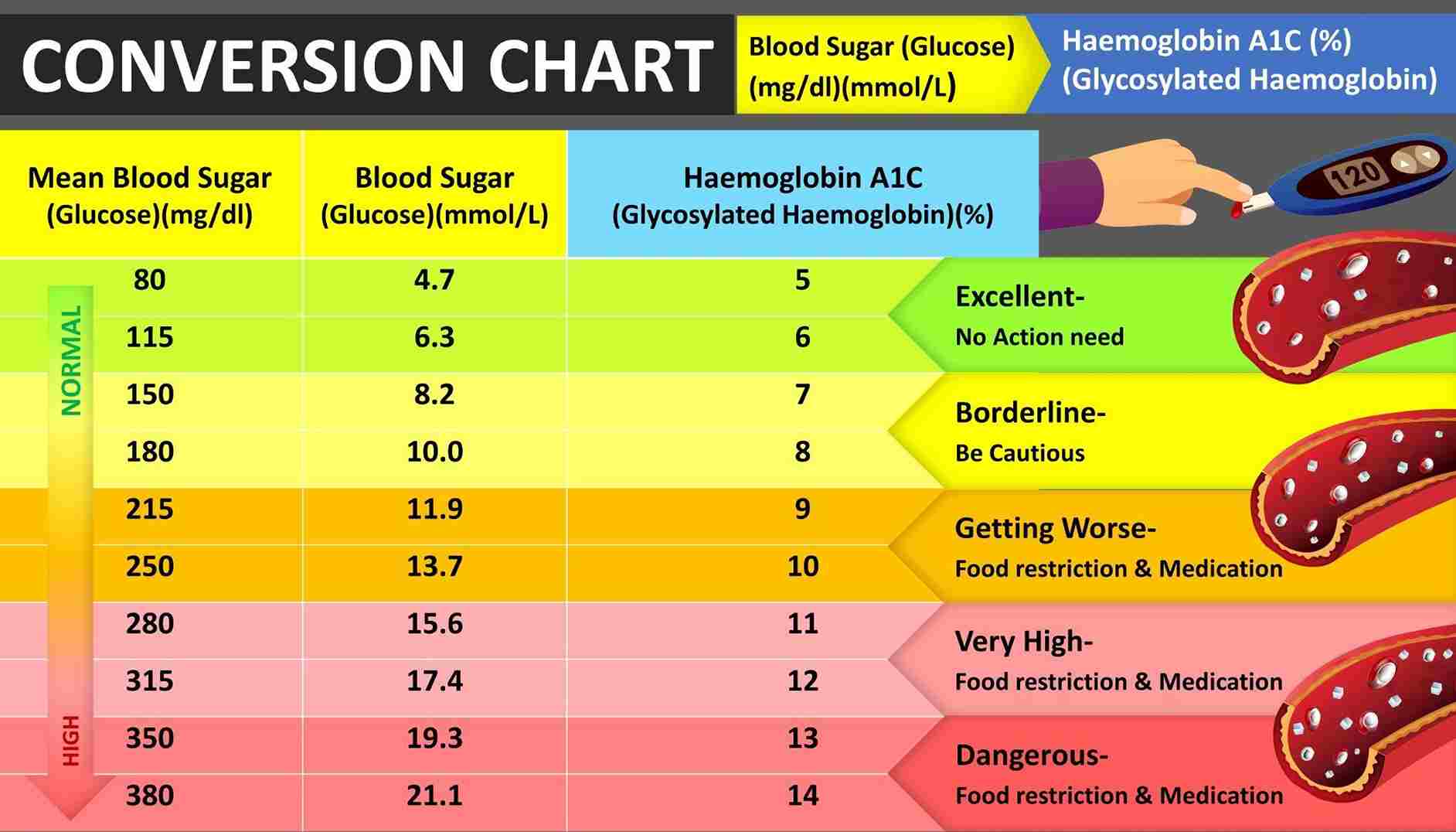 ..
..
Diabetes is a growing disorder which involves the body’s inability to regulate blood sugar. The result of it is opting for a diabetes-friendly diet. A diabetes-friendly diet is nothing but food items with low calories and carbs. There are thousands of claims classifying most foods as low-calorie now and then. But it’s our responsibility to check …
Read More…
Do you know what’s going on inside your pancreas? It’s a vital organ that often goes unnoticed until something goes wrong. And if you’re one of the millions of people worldwide living with diabetes, your pancreas is likely at the root of the problem. The connection between the pancreas and diabetes is fascinating and complex. This …
Read More…
If you’re someone who loves to light up a cigarette and also happens to have diabetes or madhumeh, listen up! This is a significant relationship that can impact you in many ways than you can think of.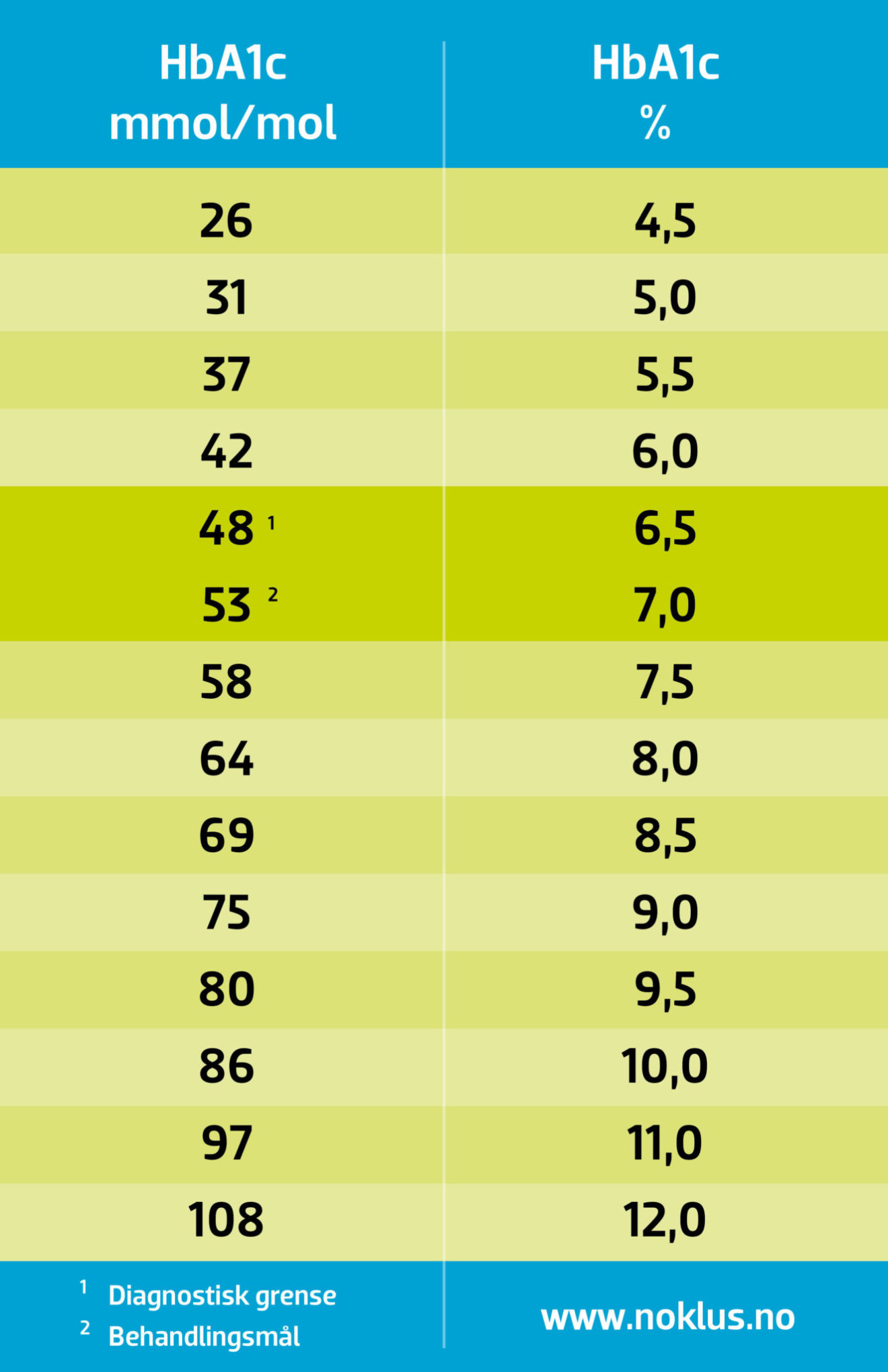 Smoking and diabetes don’t blend well, and it’s necessary to infer the relationship between the two. Smoking is a …
Smoking and diabetes don’t blend well, and it’s necessary to infer the relationship between the two. Smoking is a …
Read More…
Diabetes is a growing disorder which is affecting numerous people worldwide. And dealing with diabetes involves monitoring your diet and the food you eat. In this article, we’ll be examining the broccoli and diabetes connection. So let us ask you some burning questions first that might have crossed your mind while looking at a plate of …
Read More…
10 – automatic glycated hemoglobin analyzer
All Bio-Rad Laboratories Products
Research principle
High pressure liquid ion exchange chromatography
Time of one analysis
3 min
Sample rack
10 wells for 16 mm tubes.

Capacity: 1 tripod
Other features
Automatic analyzer D-10 is designed to determine glycosylated and other fractions of hemoglobin. The device is based on the reference method – high-pressure liquid ion-exchange chromatography (HPLC). Coefficient of variation (CV) <4% (in practice 1-1.5%).
Time of one analysis – 3 min.
The analyzer has passed the procedure of International (NGSP, ISO) and Russian certification.
The analyzer is based on a reference method – high pressure liquid ion exchange chromatography (HPLC). Coefficient of variation (CV) <4% (in practice 1-1.5%). The instrument creates a concentration gradient by changing the buffer feed rate to the chromatographic column, thereby separating different hemoglobin fractions (A1c, A1a, A1b, LA1c/CHb, A2, F) on the column ion exchange resin, then recording by photometry at a wavelength of 415 nm.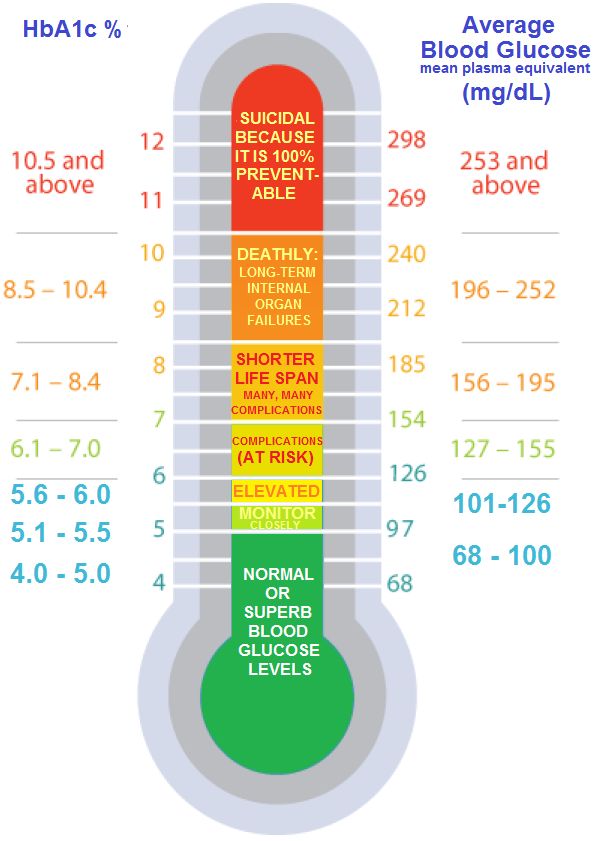
It is possible to study both venous and capillary blood (5 µl), as well as transportation of samples for centralized studies.
The analyzer is an automated system with a rack capable of loading a maximum of 10 samples (50 when an automatic rack loader is connected).
Test results are presented as a printout with a chromatogram and a message identifying all detected peaks and the relative percentage of each peak. The results of determining the level of the HbA1C fraction are presented in a separate line. The resulting chromatogram is recorded and stored on the built-in computer. The analyzer has the ability to connect to the intralaboratory information network.
The analyzer provides identification of samples by a pasted barcode, while control samples correspond to the barcodes included in the kit. It is possible to program a timer to turn on the system. Information about the lot of reagents, expiration dates is entered using a diskette that comes with the kit of reagents. It also provides for the introduction of data on the lot, expiration dates, certified values of control materials, when they go beyond the boundaries of which the device warns the user about this.
It also provides for the introduction of data on the lot, expiration dates, certified values of control materials, when they go beyond the boundaries of which the device warns the user about this.
Tests/Research
HbA2, HbF and HbA1c quantification
Benefits
Comprehensive:
900 02
Easily switch between HbA1c and β-thalassemia without changing reagents or cartridges
HbA1c Rapid 3 Minute Program
Complete β-thalassemia testing program including HbA1c test results
In the case of increasing research flows, the ability to connect to the system rack loader D-10™ Rack Loader
Comprehensive analysis
β-thalassemia and diabetes test
Simultaneous quantification of HbA2, HbF and HbA1c
Accurate results for HbA2 and HbF in just 6.5 minutes
Detection of variant forms of hemoglobins
Ability to detect HbA1c in the presence of
hemoglobins S, C, D and E
Application
preclinical detection of disorders of carbohydrate metabolism
definition of pregnancy diabetes
determination of the degree of compensation of carbohydrate metabolism in patients with diabetes mellitus (in accordance with the standards of medical care for patients with diabetes mellitus, the determination of glycohemoglobin should be carried out quarterly*)
* – Orders of the Ministry of Health and Social Development of the Russian Federation No. 748 of December 11, 2007 “On approval of the standard of medical care for patients with non-insulin-dependent diabetes mellitus” and No. 582 of September 11, 2007 “On approval of the standard of medical care for patients with insulin-dependent diabetes mellitus”
748 of December 11, 2007 “On approval of the standard of medical care for patients with non-insulin-dependent diabetes mellitus” and No. 582 of September 11, 2007 “On approval of the standard of medical care for patients with insulin-dependent diabetes mellitus”
Code of honey type. products – 129110 Analyzer of glycated hemoglobin (HbA1C) IVD.
The cost of the automatic analyzer of glycosylated hemoglobin D-10 from AstroMED LLC is the most profitable, since we are the official dealers of the manufacturer Bio-Rad Laboratories in Russia. For more detailed information and cost, please contact our specialist by phone or leave a request in one of the feedback forms.
Specifications D-10 Automatic Glycosylated Hemoglobin Analyzer
Basic
Research principle
High pressure liquid ion exchange chromatography
Time of one analysis
3 min
Sample rack
10 wells for 16 mm tubes.

Capacity: 1 tripodSample tubes
Primary tubes: 12 mm x 75 mm, 13 mm x 100 mm, 14 mm x 100 mm, 16 mm x 100 mm Sample vials: 2.0 ml vials Sample identification via barcode
Printer
Graphic thermal printer, 112 mm (W).
Display
Built-in LCD graphic display, screen resolution 240×320 dots, screen size 120×92 mm.

Bandwidth
From single studies to 120 samples per day
Storage conditions
Temperature 0° to 50°C, Humidity 10 to 95%
Operating temperature range
From 15° to 35°С
Power Requirements
Supply voltage: 100-240 V, 50-60 Hz.

Power Consumption: 180 VA maximum.Data export
Floppy disk, I8232-port or LAN (local area network)
Request an offer for the D-10 Automatic Glycosylated Hemoglobin Analyzer
Write the details of your organization and other information about the planned purchase in order to receive an individual offer faster
TRIO-Medical Analyzer Detects Glycated Hemoglobin Option II Turbo MA
Description
VARIANT™ II TURBO – The Glycated Hemoglobin Analyzer combines HPLC accuracy and high throughput detection.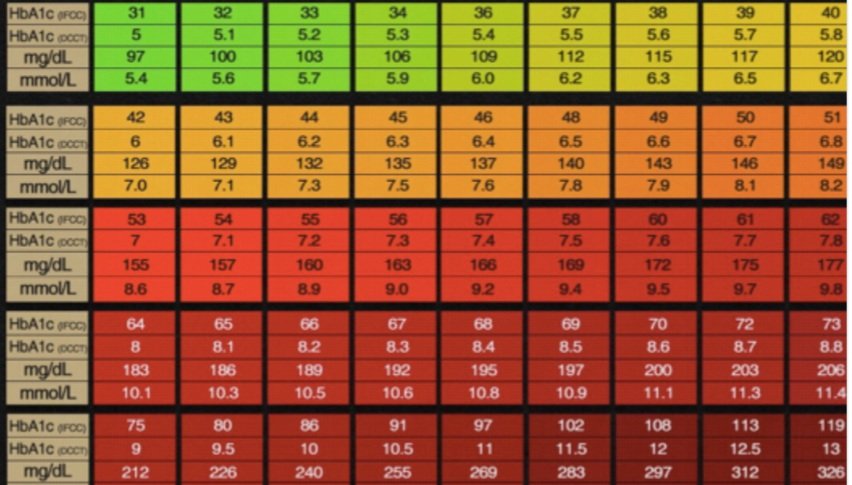 The analyzer can be purchased from our website. VARIANT technology provides a complete HbA1C testing solution. Built for exceptional performance with the most advanced, fully automated TURBO system to deliver quality results in high test volumes – delivering results in as little as 97 seconds!
The analyzer can be purchased from our website. VARIANT technology provides a complete HbA1C testing solution. Built for exceptional performance with the most advanced, fully automated TURBO system to deliver quality results in high test volumes – delivering results in as little as 97 seconds!
More Efficient
Fully automated analysis process saves time and labor
No sample preparation time during primary sampling
Workflow flexibility for both continuous and intermittent patient flow
STAT capabilities
Simplified data management with powerful software
Reagents supplied in a convenient kit format with all necessary consumables
Clear bottles with buffer for easy determination of reagent residue
Easy-to-use QC tools, instrument setup assistance
Faster
97 seconds per sample time
More accurate
HbA1c values are reliable in the presence of CHb and LA1c
HbA1c values are significant in the presence of 25% HbF concentration
NGSP certified
Excellent HPLC accuracy
Interpretation of results based on IFCC comparison method
TURBO OPTION™ II is a high performance analyzer designed for maximum workloads. The analyzer can be purchased on our website http://trio-medical.ru In this modern, fully automated system, the accuracy of Bio-Rad’s high performance liquid chromatography (HPLC) method and the ability to detect variant forms of hemoglobins are combined with high speed. You can rely on OPTION™ II TURBO for high volumes of exams – the system’s unsurpassed performance will set you apart from other labs in the eyes of many patients.
The analyzer can be purchased on our website http://trio-medical.ru In this modern, fully automated system, the accuracy of Bio-Rad’s high performance liquid chromatography (HPLC) method and the ability to detect variant forms of hemoglobins are combined with high speed. You can rely on OPTION™ II TURBO for high volumes of exams – the system’s unsurpassed performance will set you apart from other labs in the eyes of many patients.
High speed
• 97 second test run time
Efficiency
• Fully automated
• No sample prep for primary tubes
• Flexibility through continuous or serial sample loading
• Express Research
• The use of capillary blood sampling systems (HCCS) enables the transport of samples from remote communities
• Simplified data management with powerful software
• Reagents are conveniently supplied in 2500 test kits.
• Easy-to-use quality control, tool support, and training tools
Accuracy
• Highest precision HPLC
• NGSP certified
• Performs a reference method assay in accordance with IFCC
• HbA1c test result is reported even in the presence of HbS and HbC
An analyzer for the determination of glycated hemoglobin can be purchased on our website http://trio-medical. ru
ru
The most favorable conditions for the purchase. You can buy these products by calling +7(925)52-49-303, sending an e-mail [email protected], as well as filling out the feedback form on the website http://trio-medical.ru/
*Check the current price with managers by phone: +7(925)52-49-303 or e-mail: [email protected]
Minimum starter kit D10
Art. No. | Designation | Description |
90377EN | Analyzer VARIANT II TURBO | 1 pc. |
270-2455EX | Reagent Kit 2.0 for VARIANT II TURBO (HbA1c) | 2500 tests |
270-2730 | Solution for flushing and diluting VARIANT II TURBO | 4 x 2500 ml |
740 | Control materials Velcro Control “Diabetes” | 6 x 0. |



